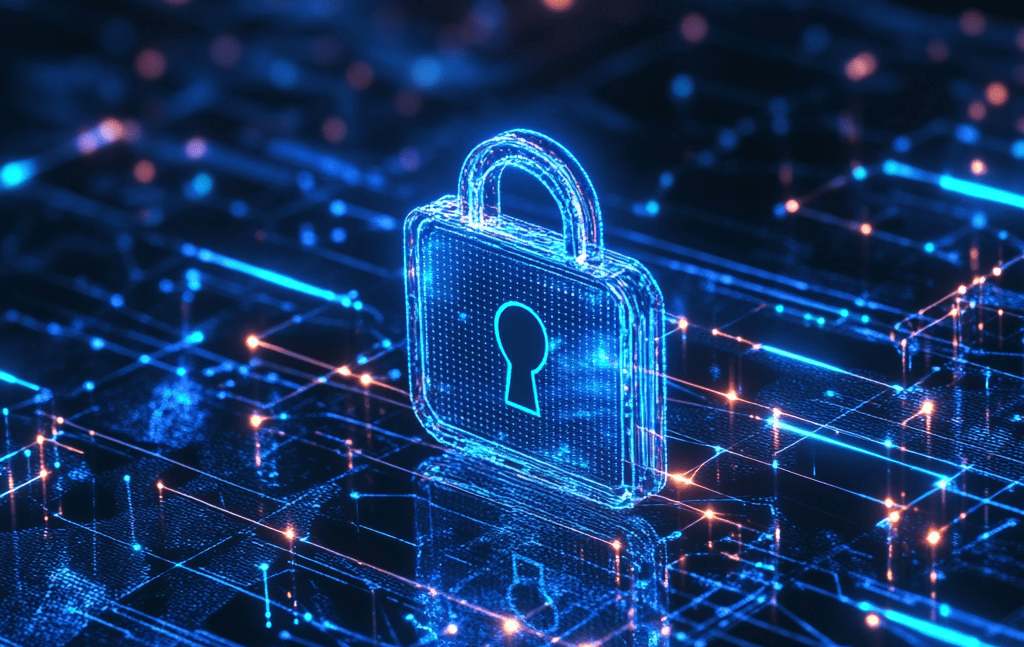In this time of continuously developing cyber threats, organizations need advanced tools to safeguard their digital assets. Two famous technologies in the cybersecurity world include Security Information and Event Management and Security Orchestration, Automation and Response.
Although both solutions are important, it is crucial to understand the differences and find the most suitable solution for your organization. When considering SIEM versus SOAR, which would you choose?
Understanding SIEM vs SOAR
What is SIEM?
The clear purpose of SIEM solutions is to aggregate and analyze security data coming from various monitored sources within an organization. Using logs and network activity monitoring, SIEM tools detect potential threats in real-time and provide detailed reports on those occurrences for further investigation.
For instance, SIEM solutions can identify login attempts coming from unauthorized locations and raise a red flag on them as potential security breaches. This kind of centralized monitoring allows the security teams to keep track of suspicious activities and maintain compliance with regulatory standards.
However, most SIEM systems require manual intervention to analyze the alerts and decide on further actions. While powerful for data collection and threat detection, they are not inherently designed to automate response activities.
What is SOAR?
SOAR platforms focus on security workflow automation and incident response orchestration. They enhance efficiency by integrating with other tools to streamline processes such as threat investigation, containment, and remediation.
For example, SOAR can automatically quarantine a device upon detecting a threat, eliminating the need for immediate action by security personnel. In general, SOAR’s focus on automation reduces response times and eases the load of repetitive tasks on security teams.
Unlike SIEM, which focuses on monitoring and analysis, SOAR takes action. Therefore, it is an important tool for organizations seeking to optimize their incident response capabilities.
SIEM vs SOAR: Core Differences
The main difference between SIEM and SOAR is their purpose and functionality. At the same time, SIEM is responsible for collecting, correlating, and analyzing security data to identify threats, SOAR processes that data by automating response workflows and orchestrating multiple security tools.
While organizations that need strong monitoring and analysis rely on SIEM for extended insight into potential threats, those that emphasize incident response and efficiency are likely to choose SOAR.
Automation Capability
Automation is perhaps the distinguishing mark between SIEM and SOAR. While tools in SIEM raise alerts that a human needs to investigate and respond to, most of these are automated in SOAR via playbooks: blocks of IP addresses, isolation of endpoints, notification of relevant stakeholders, and so on.
Integration with Other Tools
These work well with log management and threat detection systems, among others. On the other hand, SOAR is more specific to workflow orchestration from varied solutions such as firewalls, antivirus, and threat intelligence. However, it is more generic and versatile for unifying security operations in an organization.
Incident Response
While SIEM detects and prioritizes threats, further providing actionable insight into them, SOAR takes an additional step in real-time incident response. For example, if a phishing attack is highlighted through an SIEM solution, the SOAR system will automate the containment procedures by disabling those accounts and blocking malicious domains.
Benefits of SIEM and SOAR
Why SIEM?
- Unified Monitoring: Everything coming from every different source comes together to provide a unified view of an organization’s security posture.
- Threat Detection: SIEM systems detect anomalies and potential threats in real-time.
- Compliance Management: SIEM tools help organizations meet regulatory requirements by maintaining all logs and reports in detail.
Why SOAR?
- Automation: SOAR reduces manual workloads by automating repetitive tasks.
- Efficient Response: SOAR platforms allow for quick incident response and, therefore, lessen the damages from security breaches.
- Integration: SOAR improves coordination by integrating various tools and systems in security on one platform.
How They Work Together
- Data and Insights from SIEM: The SIEM solution collects and correlates data from organization-wide events to provide the backbone for threat detection.
- Action Through SOAR: The SOAR solution takes this data and orchestrates responses through automation to ensure swift mitigation of threats.
When used together, these enable SIEM to provide visibility and action, while SOAR decreases the time spent detecting and responding to threats and finally contributes to improving the overall security posture.
Key Use Cases for SIEM vs SOAR
SIEM Use Cases
- Threat Detection: It identifies potential security breaches by real-time analysis of logs and network data.
- Compliance: Detailed records to meet regulatory requirements.
- Incident Investigation: It provides insight into forensic analysis and post-incident reviews.
SOAR Use Cases
- Incident Response: Automation of actions that can be used to isolate the affected endpoint or disable a compromised account.
- Workflow Automation: It streamlines processes across various security tools.
- Collaboration: Improvement in the communication of security teams in incident management.
Choosing Between SIEM vs SOAR
The decision to implement SIEM vs SOAR is dictated by an organization’s specific needs and resources. Companies looking to handle heavy monitoring and compliance would find SIEM robust solutions. Organizations looking to reduce response time and smooth their operations flow usually benefit more from SOAR.
When to Choose SIEM
- You require all-encompassing monitoring and reporting capabilities.
- Your team can handle the investigation and response manually.
- Compliance with regulatory standards is of prime importance.
When to Choose SOAR
- You want to automate repetitive tasks and workflows.
- Rapid incident response is critical to your operations.
- Your organization uses several security tools and needs a platform to unify them.
The Future of SIEM and SOAR
As cyber threats become more sophisticated, the integration between SIEM and SOAR is gaining traction. By putting together the powers of these two solutions, an organization can establish a comprehensive defense strategy that answers both its detection and response.
The integration of SIEM and SOAR is the key to having security teams operate with efficiency rather than being slowed down by tasks that can be automated. It’s a powerful combination that will represent the future of cybersecurity and will allow organizations to outpace newly emerging threats.
Conclusion
The comparison between SIEM vs SOAR reveals their respective strengths and complementary roles in cybersecurity: while SIEM excels in monitoring and threat detection, SOAR focuses on automation and incident response. Together, they create a powerful security framework that enhances visibility, efficiency, and resilience.
By understanding the difference between SIEM and SOAR, organizations can decide which solution best fits their needs. For many, integrating both tools provides the optimal balance of proactive monitoring and efficient response, ensuring robust protection in an increasingly complex threat landscape.


